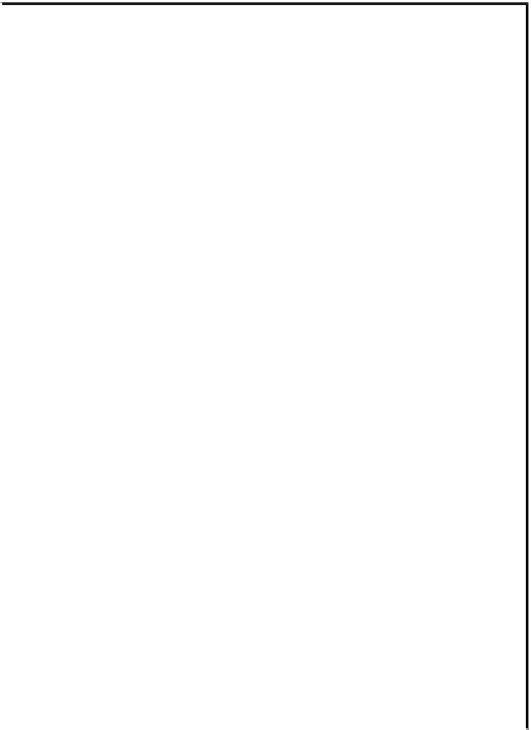Biology Reference
In-Depth Information
CHAPTER
8
DNA Double-Strand Break Repair by
Non-homologous End Joining and
Its
Clinical Relevan
ce
Michael Weinfeld
*
, Susan P. Lees-Miller
y
*
University of Alberta and Cross Cancer Institute, Alberta, Canada
y
University of Calgary, Alberta, Canada
INTRODUCTION
can occur as a result of normal cellular processes as
well as exposure to external sources of DNA damage.
In this chapter, we will review how DSBs are formed
in nuclear DNA with emphasis on damage caused by
ionizing radiation (IR) and chemotherapeutic agents,
describe the main pathways for the repair of DSBs in
mammalian cells and highlight how understanding the
mechanisms of DNA DSB detection and repair can be
used to therapeutic advantage.
DNA double-strand breaks (DSBs) are considered
one of the most cytotoxic forms of DNA damage. They
ABBREVIATIONS
AT
ataxia telangiectasia
ATM
ataxia-telangiectasia mutated ATR,
ATM- and Rad3-related
FORMATION OF DNA DOUBLE-STRAND
BREAKS
CTR
C-terminal region
DNA-PK
DNA dependent protein kinase
DNA-PKcs
DNA-dependent protein kinase
catalytic subunit
There are many intracellular and external sources of
DSBs. Failure to repair DSBs can lead to genetic disor-
ders, aging, and cancer. On the other hand, DSBs are
commonly regarded as the most deleterious lesions
responsible for cell killing by IR and several chemother-
apeutic agents used to treat cancer. It is important to
realize that the term “double-strand break” or DSB
covers a diversity of structures with 3
0
- and 5
0
-over-
hanging termini and blunt-ended structures. In addi-
tion, notice must be taken of the chemical nature of the
strand-break termini, and in the case of IR, additional
DNA lesions close to the termini.
The number of naturally occurring DSBs arising in
a cell has been difficult to measure because they are
rarely formed and are probably rapidly and efficiently
repaired in most cells. However, based on the number
of
g
-H2AX foci and metaphase chromosome and chro-
matid breaks observed with normal, untreated cells or
in DNA repair deficient cells grown
in vitro
, the number
of DSBs in human cells has been estimated at 10
e
50 per
ds
double-stranded
DSB
DNA double-strand break
HR
homologous recombination
IR
ionizing radiation
NHEJ
non-homologous end joining
PARP
poly(ADP-ribose) polymerase
PIKK
phosphatidylinositol 3-kinase like
protein kinase
PNKP
polynucleotide kinase/phosphatase
RAG
recombinase activating gene
SCID
severe combined immunodeficiency
ss
single-stranded
SSB
DNA single-strand break
Tdp1
tyrosyl-DNA phosphodiesterase 1
TdT
terminal deoxynucleotidyl
transferase
XLF
XRCC4 like factor









